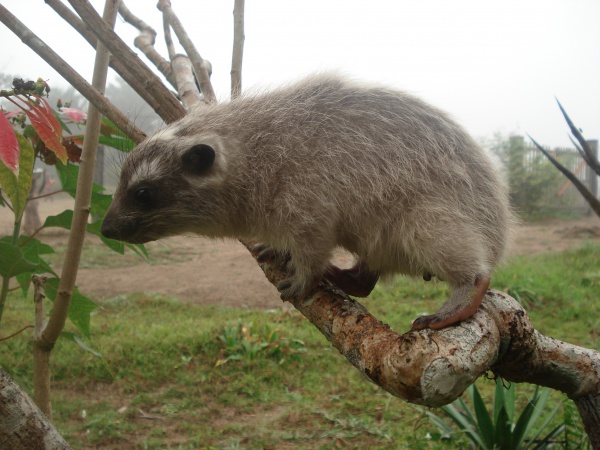Facts About Tree hyrax
The tree hyrax, also known as the tree dassie, is a small, nocturnal mammal native to Africa. This fascinating creature belongs to the genus Dendrohyrax, one of the only two genera in the family Procaviidae, which is the sole extant family within the order Hyracoidea. The three species of tree hyrax are the Southern tree hyrax, the Eastern tree hyrax, and the Western tree hyrax.
Tree hyraxes are distinguished by their unique physical characteristics. They possess four-toed front feet and three-toed back feet, which are equipped with rounded nails and rubbery soles that aid in climbing. Their soft, dense fur varies in color from pale gray to light or dark brown, providing effective camouflage that matches their geographical surroundings.
These mammals prefer forested habitats that feature a mix of mature and younger trees. They can be found at elevations as high as 4,500 meters above sea level. Unlike the rock hyrax, the tree hyrax is more common yet remains elusive due to its nocturnal and reclusive nature.
Research suggests that tree hyraxes are nocturnal, arboreal herbivores that use trees with cavities as their dens. They are particular about their den trees, preferring tall ones with partially decayed trunks and multiple cavity entrances.
Tree hyraxes primarily feed on leaves from various plant species depending on their habitat. Their diet includes plants such as Hagenia abyssinica, Schotia latifolia, Cassine aethiopica, and Eugenia natalensis. They are most active during their feeding periods.
Each species of tree hyrax has a distinctive territorial call, characterized by loud cracking sounds, screams, and expiring shrieks. These vocalizations are used for communication and territorial marking, with the most vocal activity occurring at night.

 Democratic Republic of the Congo
Democratic Republic of the Congo